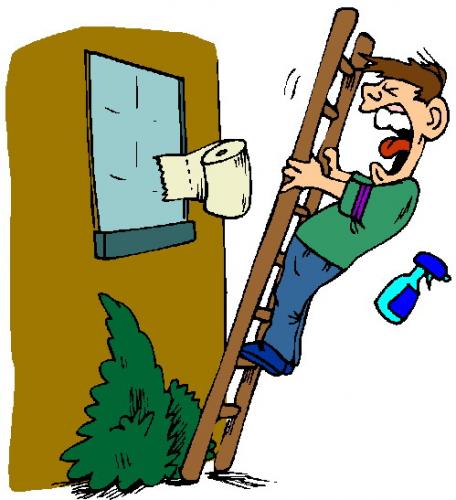Top 5 Reasons For Ladder-Related Accidents

Ladder related accidents are quite common in Australia and generally occur while fixing roofs, cleaning gutters, doing construction work and performing various other tasks. Victims of the accidents usually suffer from a wide range of injuries such as bruises, twisted ankles, fractured bones, lacerations and scrapes. In some cases, the plummeting also results in concussions, paralysis, internal injuries or even death. But the questions is, why do these accidents take place? Let’s have a look at some of the most common reasons for ladder related mishaps:
An Uneven Platform
Most people are very much aware of the fact that ladders cannot and should not be placed on rocks and other surfaces that are naturally irregular. However, even surfaces such as soil, landscaped mulch or concrete may not be entirely flat. And such unevenness is enough to increase the risks of slippage and falls.
Spreaders Not Locked in Horizontal Position
This is a simple detail that most users usually forget about or pay less attention to while moving around their ladders from one place to another. For each change in position, the spreaders should not be bent even slightly. Otherwise it may cause the whole equipment to collapse when an individual puts their entire weight on it.
Failure to Maintain Three Points of Contact
When a person is working on a ladder, they should maintain three points of contact with it (either one hand and two feet, or one foot and two hands). This helps to maintain a proper balance and reduces the likelihood of slippages. Therefore, one should never climb up a ladder with something that needs to be carried with both hands.
Leaning Way Too Far
It is comprehensible that people are always in a hurry for completing a job. But this often gets them in trouble when they reach, stretch or lean to reach some faraway spot without climbing down or repositioning the ladder. A slight disturbance in balance can topple over the whole thing. A good way of preventing this is to use ladder accessories such as a belt buckle.
Steeply Set Extension Ladders
An extension ladder must be placed against the surface at a proper angle. For obtaining this angle, the base should be kept away from the surface by ¼ th of the height that needs to be reached. The fly section must also be locked in place using rung locks, or else it may slide down accidentally and cause injuries.
Post Your Ad Here
Comments